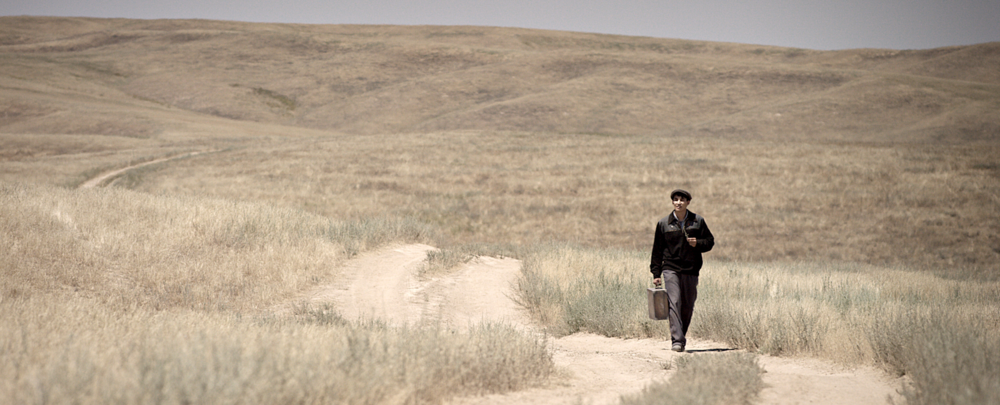
- Golden Globe Awards
A Road To Mother (Kazakhstan)
A Road to Mother is set during one of the most tragic periods in the history of the former USSR republic of Kazakhstan. Director, Akan Satayev tells a story of the power of a mother’s love which endures challenges of the turbulent times. The storyline covers a timespan from the 1930’s to the present day with key elements of collectivization, war and postwar years for the Kazakh people.The director was inspired by the what his parents told him when he was a child. "According to Kazakhstan's tradition, all legends are passed from the older generation to younger generation orally" says Satayev. “It is the story of a lonely mother, who for twenty years, walked daily to the outskirts of the village at dawn and dusk in hopes of meeting her son returning from war. Of course, the great love of a mother for her child, and the boundless hope which underlies this story, had a deep impact on me."Initially the director shared his vision with producer Alija Nazarbaeva ( the youngest daughter of the president of Kazakstan). "As a true Kazakh, I couldn't be indifferent to such emotional image, that truly represents my nation”, says Alija Nazarbaeva. “The events shown unfolded in my country's most difficult time: the era of collectivization. "(These included) jute (livestock famine due to lack of no vegetation), military occupation and the hardship of post-war years.” The main character of the film – the Mother’s son – shows the incredible resilience of the spirit of courage and unbelievable dedication. He lives through an orphanage, war, capture, a Soviet camp, and yet he still finds the road to the mother. His life's motto is: " the one with open soul finds life's happiness…"Alija continues: "Those were the times in which the Soviet authorities were eradicating nomadic way of life, displacing people to where they were condemned to death by starvation." What is the name of the tree that the mother visits every day in hope of seeing her son return? "Such a tree does not exist in the desert. It is simply a symbol of resistance, it's a symbol of a mother's heart regardless to her religion and her nationality".

